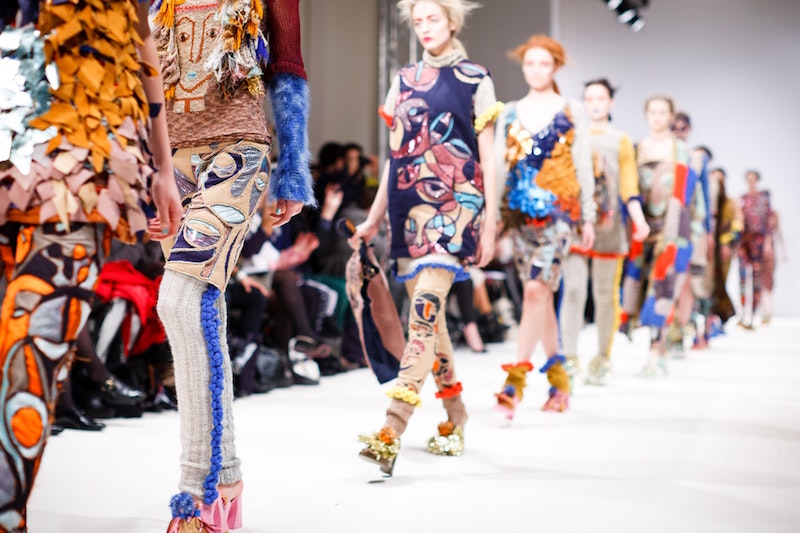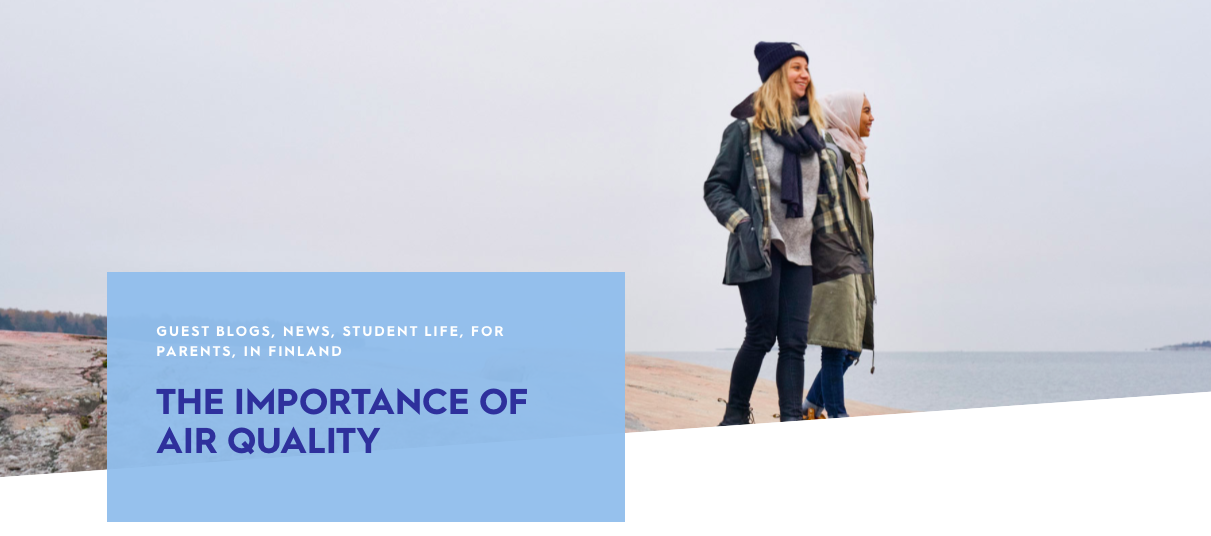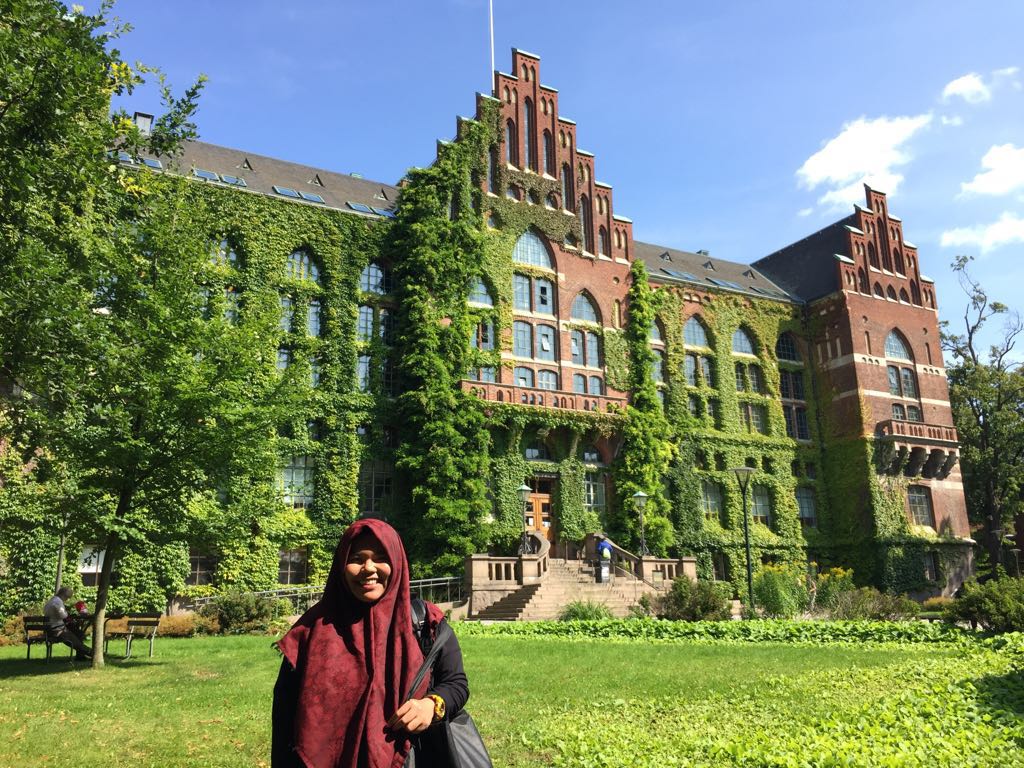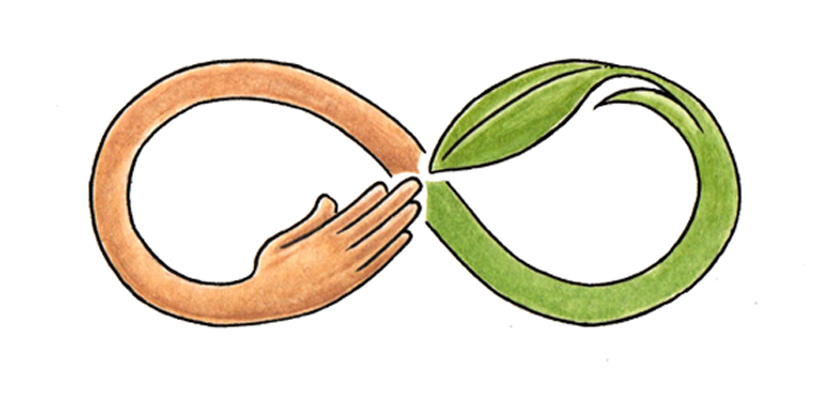Global Challenges and Opportunities in Fashion
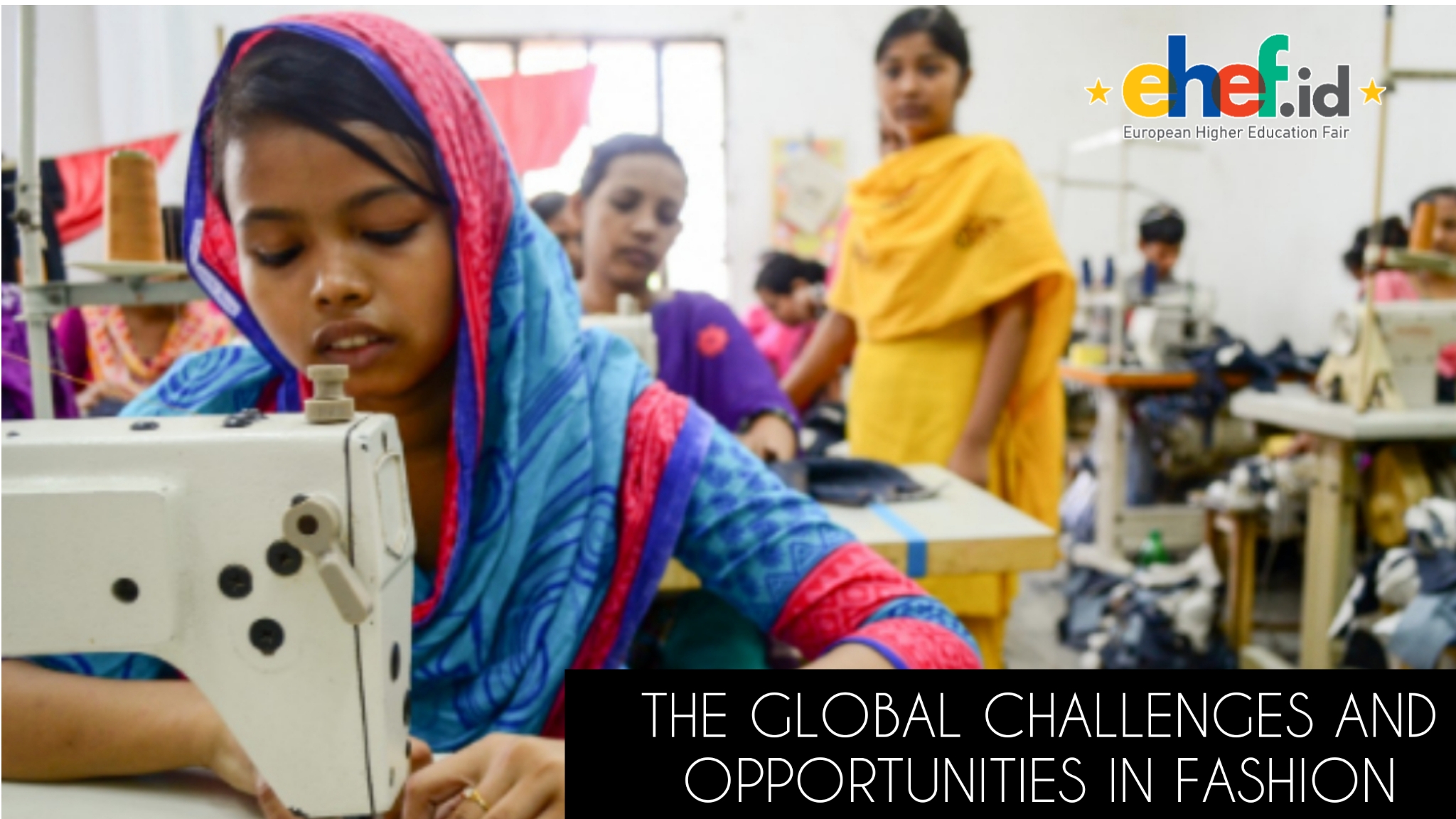
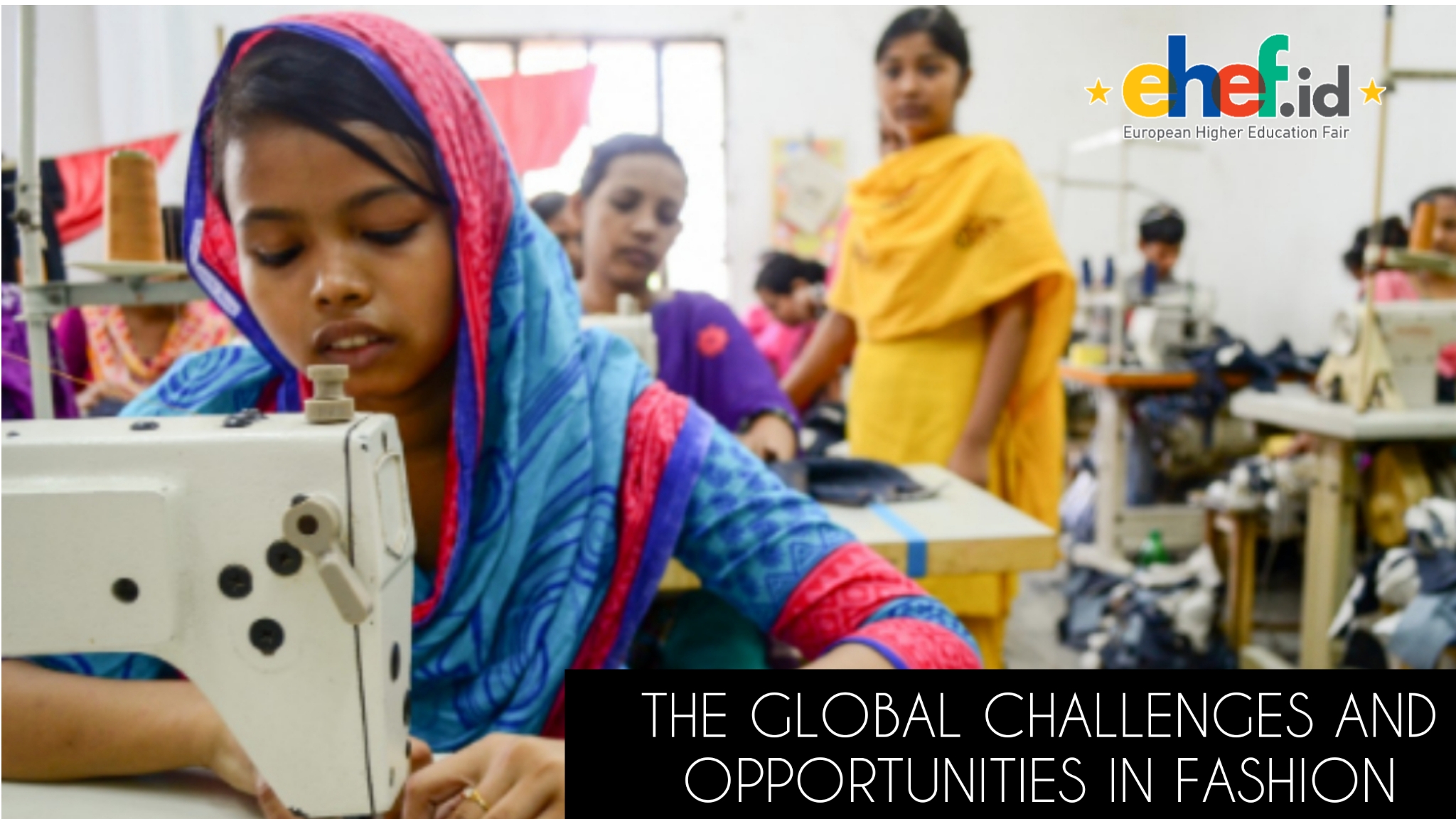
By Jenny Egnér Lin
What are the main challenges and opportunities for professionals in the fashion industry today? Fashion students must be prepared for a changing global economy, shifts in consumer preferences, and rapid technological advancement. Behind the glamourous surface of the fashion industry, there is a dark side of pollution, labor exploitation, and an excessive use of resources. These are some of the main challenges of the fashion industry today, and inherent in them, also the main opportunities.
Sustainability
Although it’s hardly news that fashion is the second most polluting industry on the planet, sustainability is still the main challenge that the fashion industry is facing today. Clothing production uses immense natural resources and creates huge amounts of toxic waste released directly into water streams. On the consumption side, the fast fashion business model has taught consumers to view clothes as fast moving consumer goods, leading to textile ending up on landfill after just a few wears. Fast fashion companies are making enormous profits - on the expense of the environment. We simply cannot continue with business as usual; we’re already creating irreversible damage to our ecosystems.
Production challenges
On the manufacturing side, the production of fabrics for clothing is one of the most resource intensive industries on the planet. The most common fabrics used today require unfathomable amounts of natural resources to be produced. It’s hard to imagine that a single cotton t-shirt requires a staggering 2706.57 litres of water to be produced. That is the equivalent of 3 years of drinking water for one person, according to WWF.
Whether your cotton clothes are organic or not, they still require the same amount of water, leading to drought in areas where cotton is grown. The huge amounts of pesticides used in cotton production is also a health hazard for people living in areas of cotton production, causing cancers, skin problems, and damage to brain functions.
Pollution from textile dyeing is another issue that has been brought to attention thanks to documentaries such as ‘Riverblue’ (2016) and ‘Stacey Dooley Investigates, Fashion's Dirty Secrets’ (2018). Poisonous waste from textile dyeing is flushed directly into rivers that locals use for washing, bathing, and water irrigation for food crops.
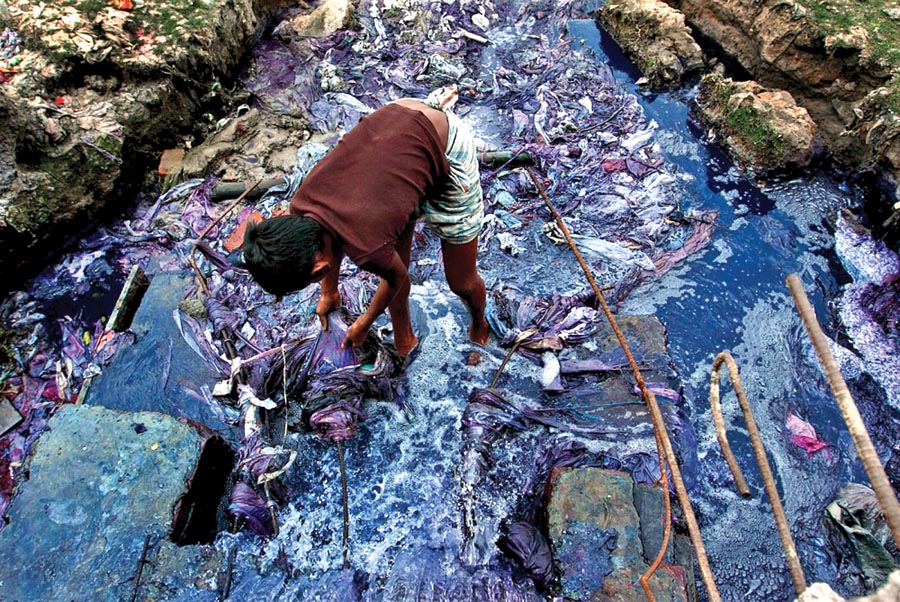
Photograph accredited to apparelresources.com.
Although there is an increasing demand for sustainably produced clothes, this demand is slow to affect change among the global clothing giants, who lack the agility to incorporate sustainable production efforts in a widespread way. Thus, pollution and waste will continue without broad-reaching solutions in sight.
Production opportunities
Opportunities incurring, pressed on by the urgency of needing to establish change, are first and foremost new, sustainable business models, built on the principles of reducing, reusing, and recycling. Many industry professionals notable for their work with sustainability call it closing the loop of fashion.
New materials is another large opportunity for fashion business. A search of the most sustainable fabrics entail that hemp is the most sustainable material followed by linen, due to the relatively lower need of natural resources in production. Alternatives such as fabrics made from pineapple scraps and recycled plastic are emerging. The growing demand for sustainable materials and production practices are leading to innovation opportunities in the fashion sector.
Consumption challenges
The consumption of fast fashion, by treating clothes as fast moving consumer goods, is another source of waste, creating huge problems for the environment. The industry profits from selling large quantities of clothes, that are only worn once or a few times, then discarded. Used clothes are piling up in landfills, or shipped in bulk to developing countries, where nobody wants them.
While some argue that it is the responsibility of consumers to make educated decisions, and that consumers are the ones driving the change, there is no doubt that it is nearly impossible for consumers alone to change the industry, as industry professionals hardly know what’s going on further down the value chain.
Consumption opportunities
A light at the end of the tunnel is that millennials and younger generations are demanding change regarding sustainability and it shows in their spending habits. The increasing demand for sustainably produced goods has resulted in a marked rise in new and emerging fashion brands that are more sustainable.
Consumer movements for zero waste, reducing, reusing, and recycling goods are growing, and as more people become aware of the effect of human consumption on the environment, consumers are scrutinising their own consumption patterns, and the value chains of companies.
Labour exploitation
Poor working conditions
An issue with no simple solution in sight, are the poor working conditions of garment workers in developing countries. Fast fashion companies outsource clothing production to suppliers who based on price, pushing down salaries for workers, and resulting in dangerous and abusive working conditions. The fall of Rana Plaza in 2013, where over 1000 workers were killed, shed light to the horrible working conditions, and gave rise to movements such as Fashion Revolution Week, where consumers demand to know who made their clothes.
Forced labour
Another issue, even more hidden than those of poor working conditions of outsourced workers, is forced labour. A large component in the fashion supply chain, mainly in the second and third tier of the supply chain, consists of forced and trafficked labour.

Photograph accredited to World Vision Canada.
New York Times critic’s pick documentary, Invisible Hands, directed by journalist Shraysi Tandon, shines a light on the trade of human beings in manufacturing industries, uncovering the unspoken use of trafficking in fashion.
“When people think of trafficking they often associate it with the sex trade but about 50% of trafficked victims, including children, are sold into forced labor. It's taking place in developing countries and parts of Europe where markets and factories go unregulated. The fashion industry is unfortunately rife with trafficked workers and forced labor,” says Tandon.
“And it’s not just taking place in fast fashion brands. Even the more luxury and exclusive brands have been known to have forced labor in their supply chains,” she adds. “Most brands focus on their tier 1 suppliers and manufacturers, but a lot of the work gets subcontracted out to tier 2 and tier 3 suppliers. So the people putting on the buttons or putting on the soles to your $500 shoes are often trafficked and invisible.”
Technology
Technological challenges
Fashion is an industry that has fallen behind when it comes to technology. On the production side, fashion is still on of the most labour and resource intensive industries, with producers seeming to lack interest in automation and use of technology. The same goes for large fashion retailers. There are some companies specialised in e-commerce, while large fashion brands seem to still rely on brick-and-mortar stores as their main source of sales.
Technological opportunities
On the other hand, there are many opportunities for innovation within the fashion industry. The creation of new, sustainable materials, as earlier mentioned, is one opportunity. Using better modes of design to create less waste is another.
Automation and using robotics to manufacture clothes is an opportunity that fashion producers have not yet managed to implement. While many other industries, such as the automobile industry, from an early stage implemented automation to mass-produce goods, the fashion industry is relying on human labour for everything from design, to sewing, to sales.
The fashion industry should make use of the vast knowledge, technology, and best practices from other industries, to create a more sustainable clothing industry, that will benefit the longevity of our planet.
About the author: Jenny Egnér Lin is born and raised in Stockholm, Sweden, and holds a B.Sc. in Business and Economics from Stockholm School of Economics and a M.Sc. in Strategic Market Creation from Copenhagen Business School. With firsthand experience from studying in Europe, she is sharing prime insights about life as a student at a European university.
